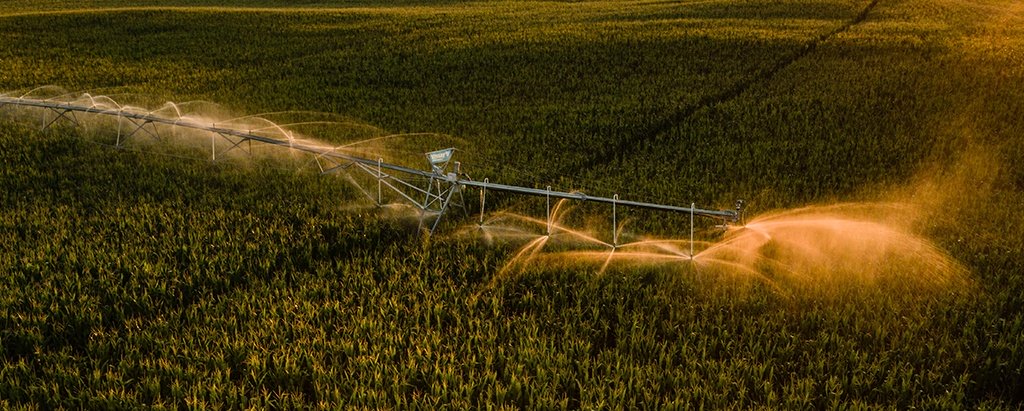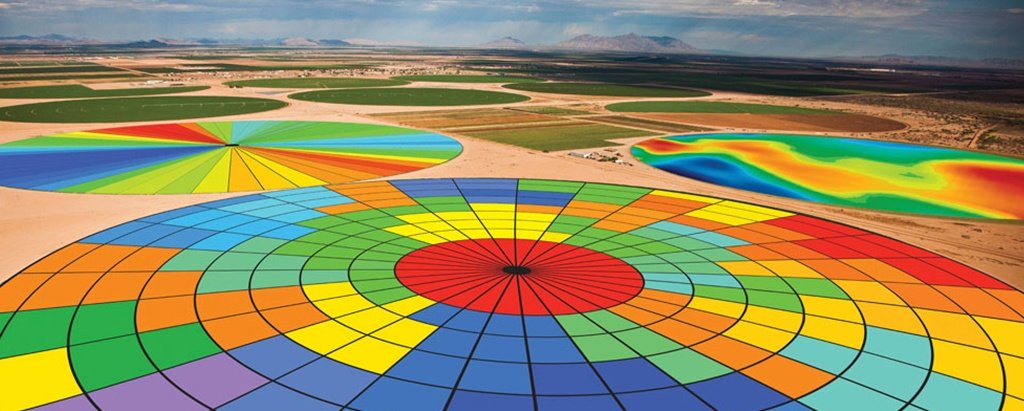In March, many farmers (at least those of us here in the North) are planning for the upcoming crop season. These plans involve hybrid selection, fertility needs, equipment replacement and the like. One area that we seem to forget about is irrigation. The hot, dry days of summer seem like a distant dream, far away and not very relevant.
However, deep down we all know summer is coming. With the challenges facing producers today, more and more people are looking for drought solutions even in areas where irrigation is not traditionally used. In many areas, surface irrigation (“flood”) is still a common technology. There are some advantages to this method; initial investment is relatively low, and you can, to some degree, substitute unskilled labor for equipment. Besides, what could be simpler than running a stream of water downhill in a furrow?
However, there are disadvantages, as well. Everybody has favorite touchpoints in certain discussions. When talking about irrigation, mine are the concepts of “effective and efficient” practices. By “effective,” I mean applying no less water than necessary. By “efficient,” I mean applying no more water than necessary. When you add the variable of “uniformity” (treating every area of the field effectively and efficiently), surface irrigation leaves a lot to be desired. Furrow-irrigated fields tend to be overwatered at the upper end of the field and under-irrigated farther down the length of the furrow.
Over-watering leads to deep percolation (water draining below the root zone) or running off the field, lost to the crop. This affects not only its efficiency (surface systems are typically 40 – 60% efficient), but also tends to leach nutrients out of the root zone. This adds to fertilizer costs, increases the risk of groundwater contamination and leads to reduced production due to water-logged soils.

Although the initial investment is higher for a center pivot, there are several advantages that make it worthwhile drought solution. Let’s start with my two favorite areas, effectiveness and efficiency. First, remember that management is critical to success with any system. A poorly-managed system can be ineffective and inefficient regardless of technology. As my wise old professor says, “Management is the difference between guys who farm and guys who have farm sales.”
Center pivots are (or should be) very effective. The system is designed with the capacity to maintain maximum yield. Designers use their knowledge of crop evapotranspiration (ET), or crop water use, to provide a system that allows timely irrigation to meet crop needs. A pivot should also be efficient. With regular applications of small depths of water, there should be no surface runoff, nor should there be any deep percolation. Typically, we expect a well-designed, well-managed center pivot to achieve water application efficiencies in the 85 – 95% range. Pivots can also provide effective, efficient irrigation to sloping areas not suited to the surface method.
When we add the uniformity component, pivots again shine. A good sprinkler package will maintain high application uniformity over the entire field. Sprinklers also allow the operator to leave room in the root zone for rainfall events. This prevents losses due to deep percolation when a significant rainfall event occurs during the growing season.

Two other potential advantages of center pivots are the opportunity for fertigation and variable rate irrigation (VRI). Fertigation involves adding fertilizer to the water stream, which allows the application of fertilizer at any time the pivot runs. This improves efficiency by allowing a producer to “spoon-feed” nutrients to the crop exactly when they are needed. It also lowers application costs and guarantees uniformity will be the same as the uniformity of water application.
VRI allows water (and, when fertigating, fertilizer) application to match the conditions in all areas of the field. For example, many producers use VRI to effectively irrigate fields with variable soil types. Some fields include sandy areas that prevent flooding the field due to excessive percolation. These fields can be irrigated to match the intake rates of all the soils present.
As you plan and prepare for the upcoming growing season, I hope this provides a little information to help you make informed decisions. I wish you the best this year. Be safe and stay in touch!